The Term ‘Horse Therapy’ and Why I Don’t Use It.
“Horse therapy” is a term I generally avoid using, […]
“Horse therapy” is a term I generally avoid using, […]
I am so excited to announce that we have […]
First, because of the nature of this work, I […]
This week I received a call from a potential client […]

